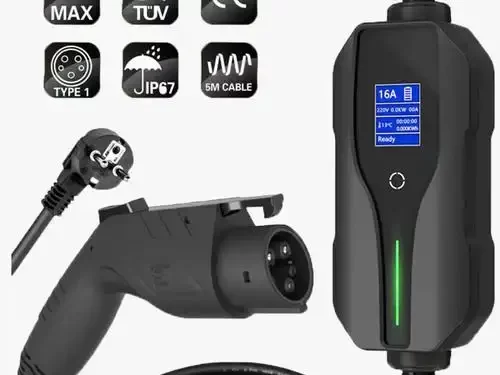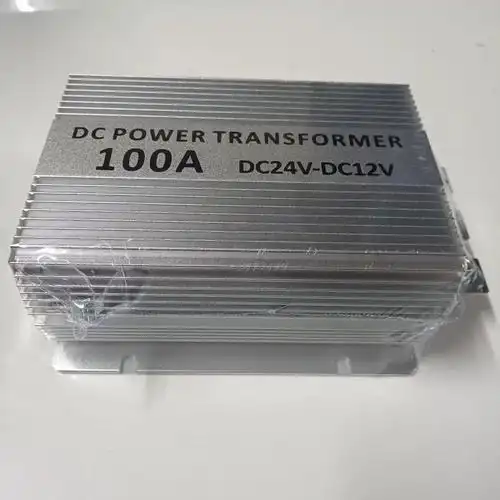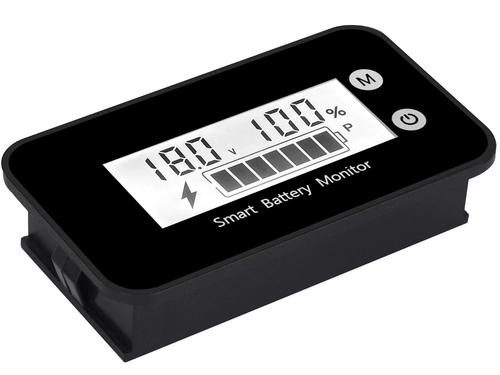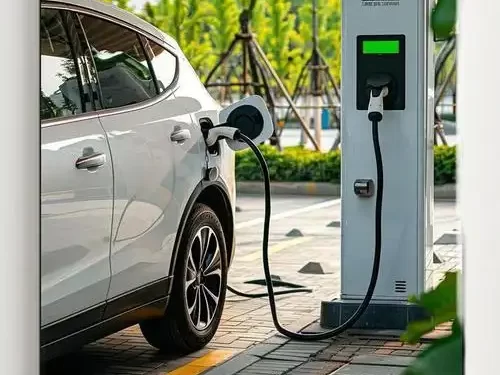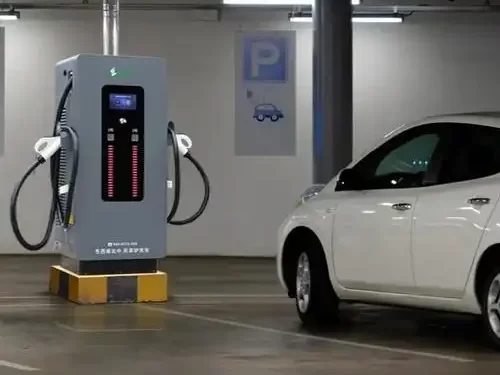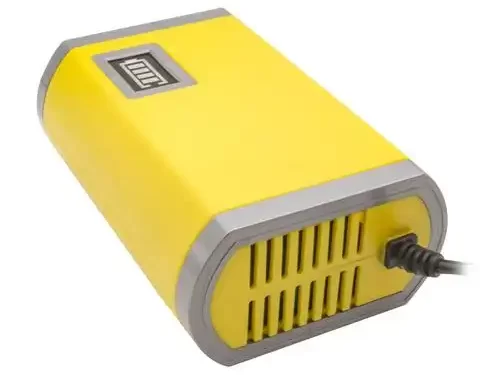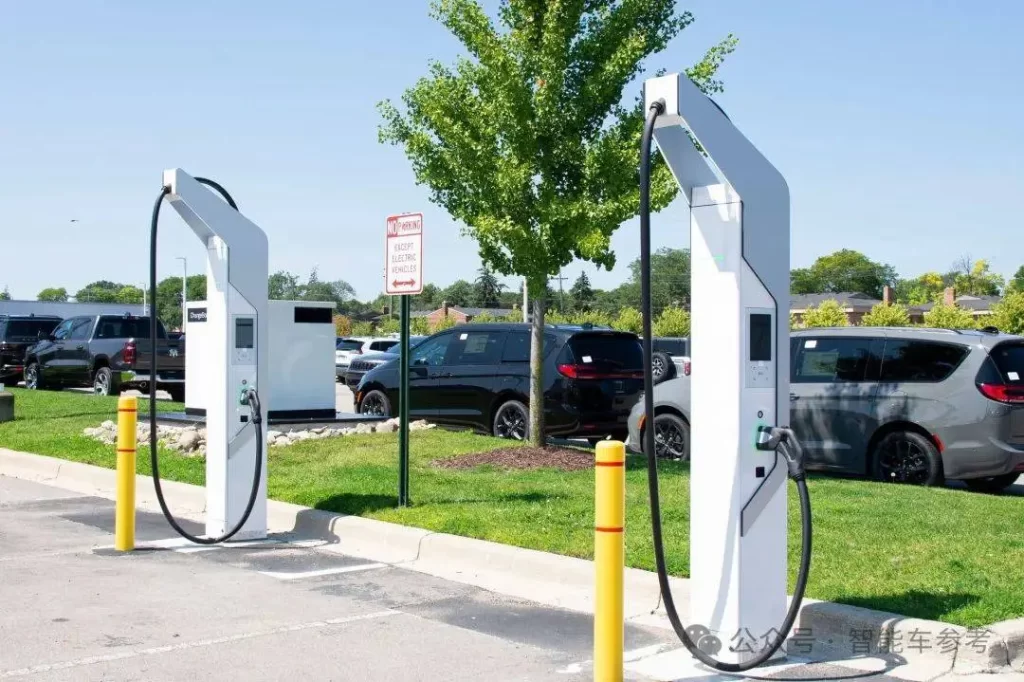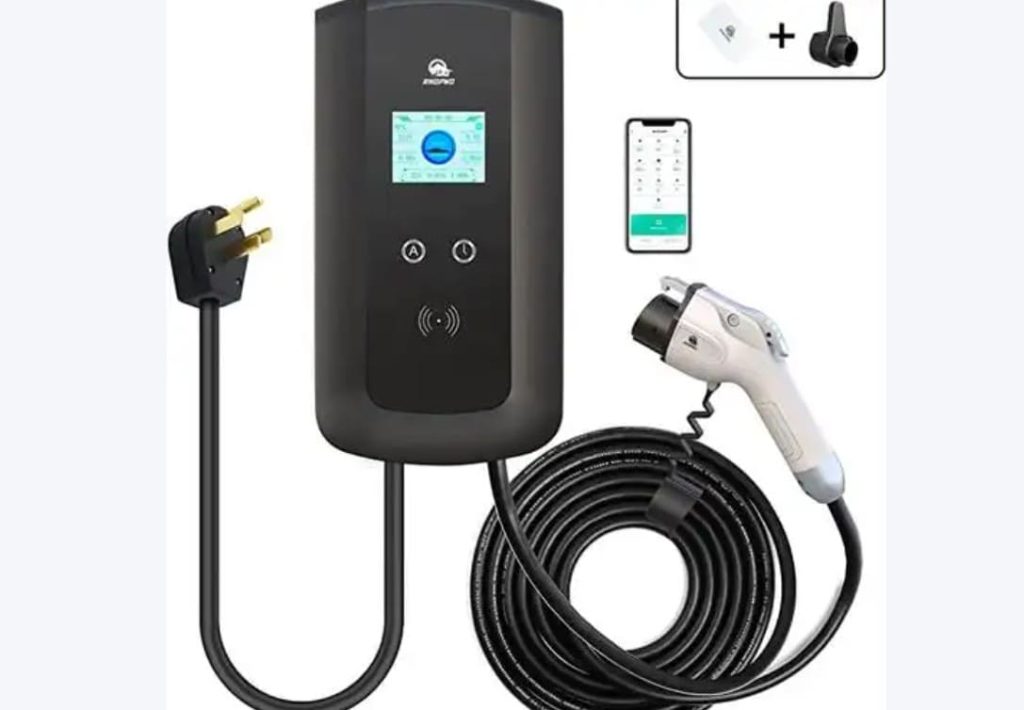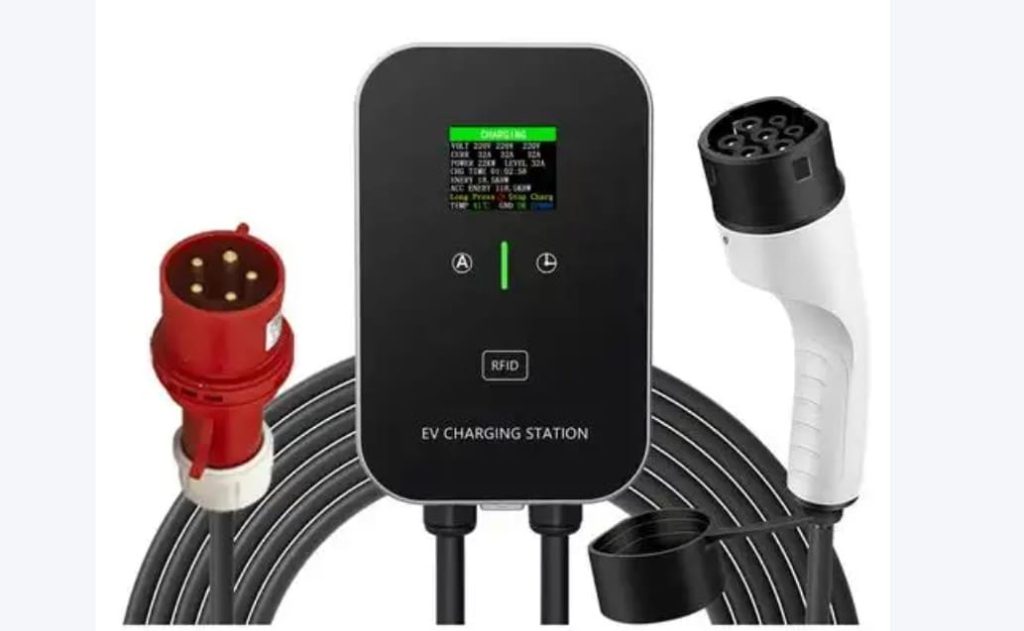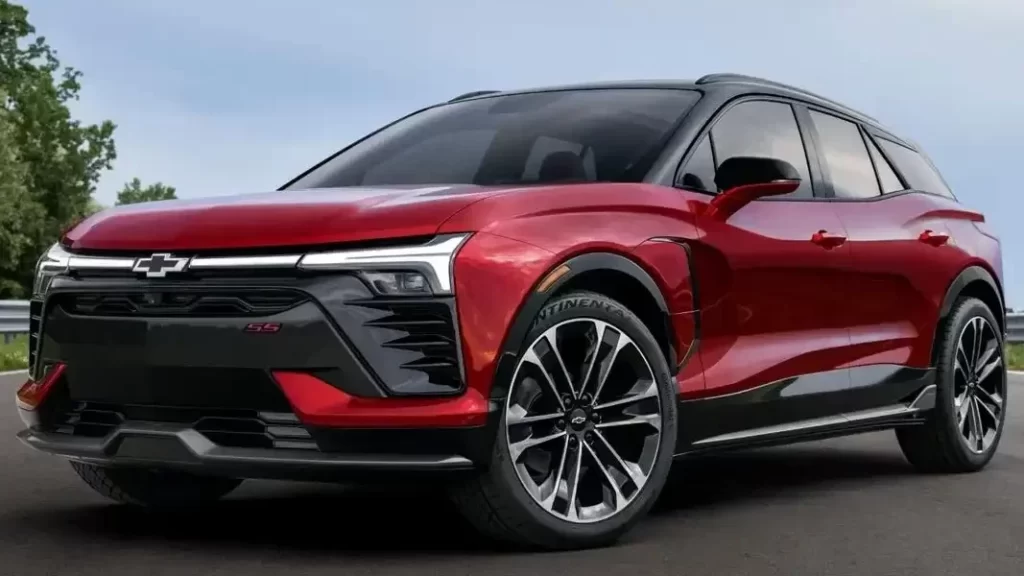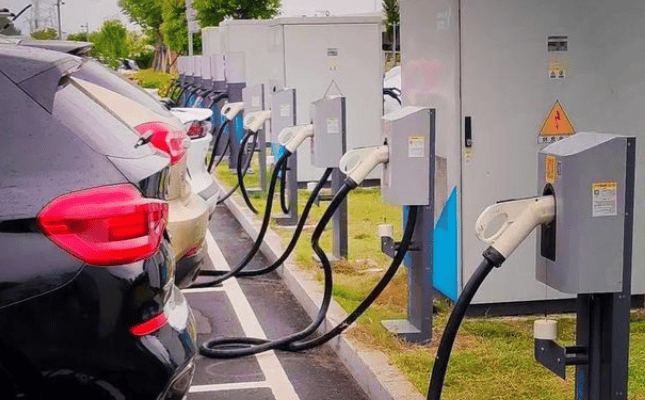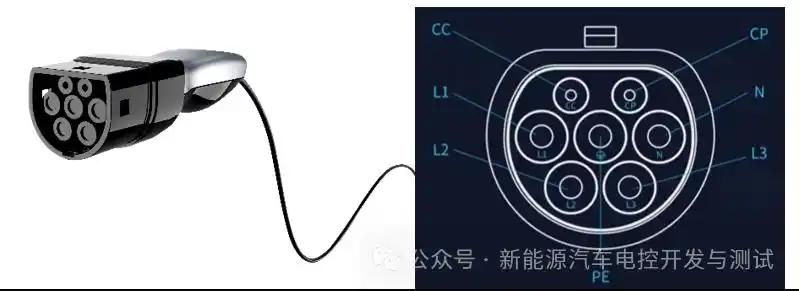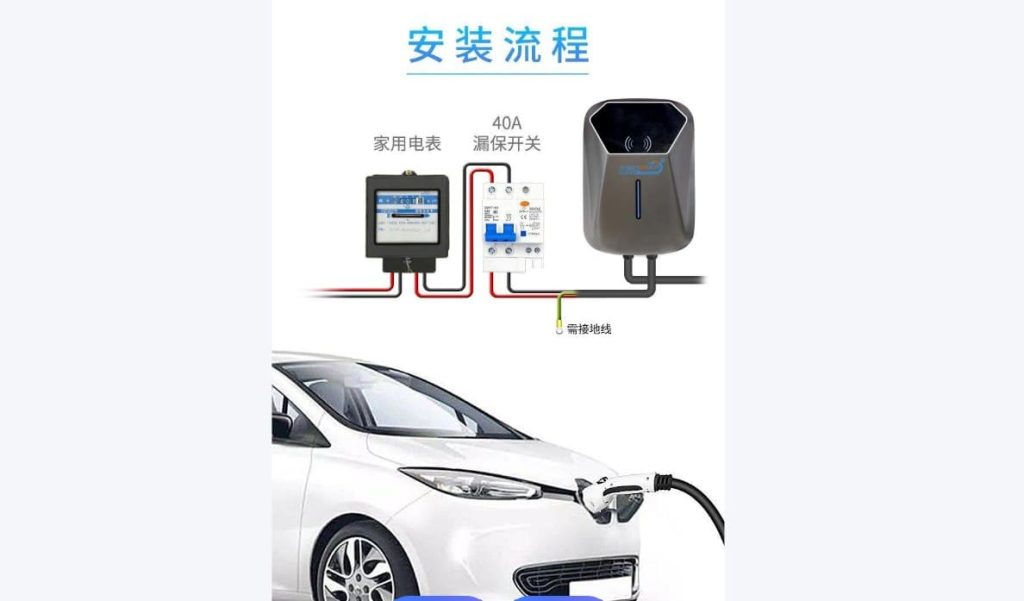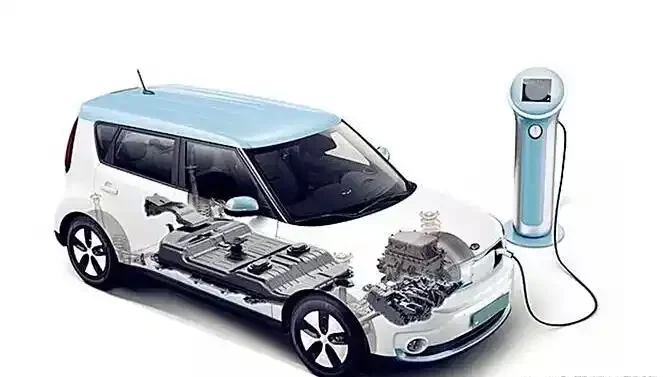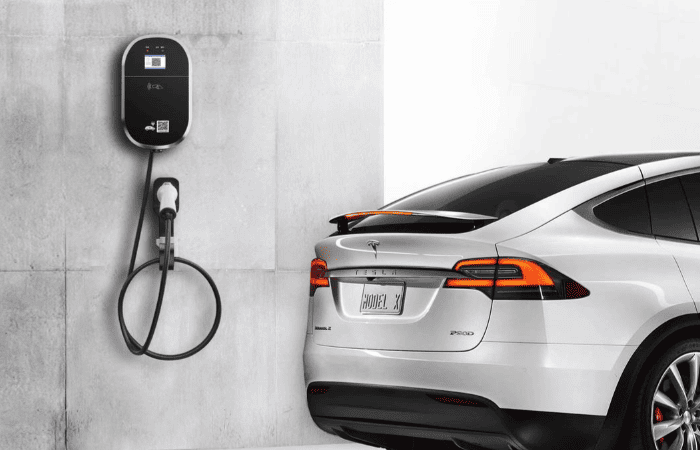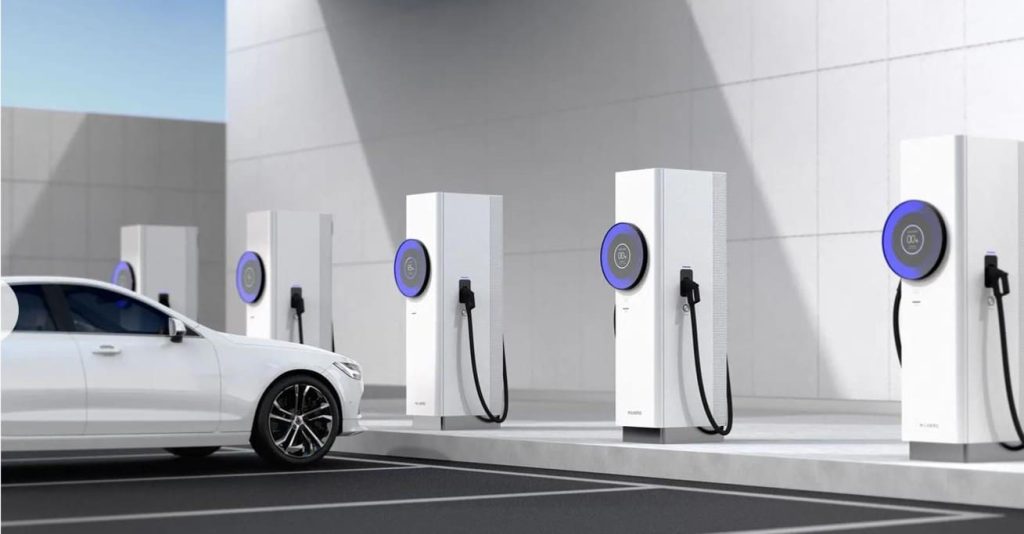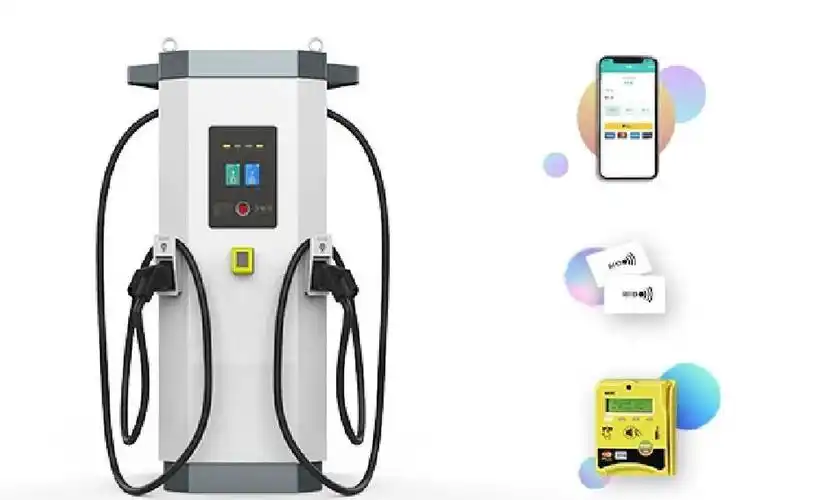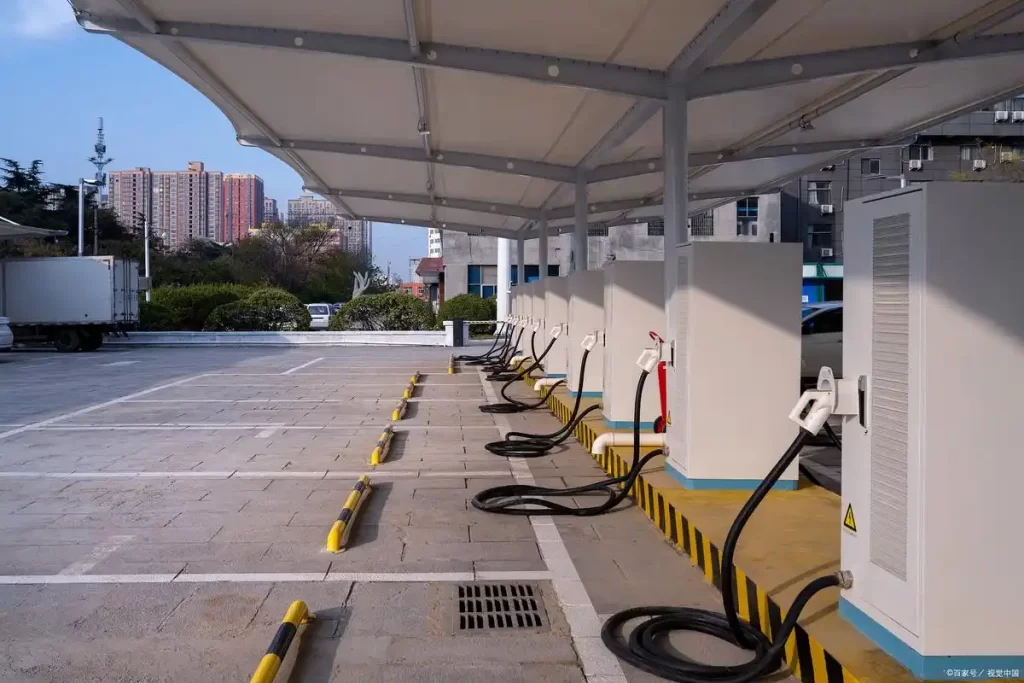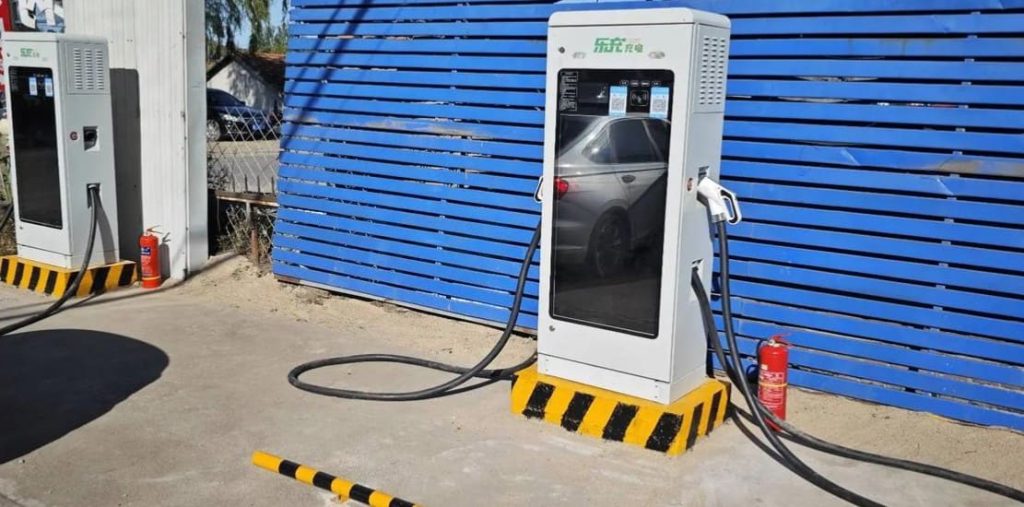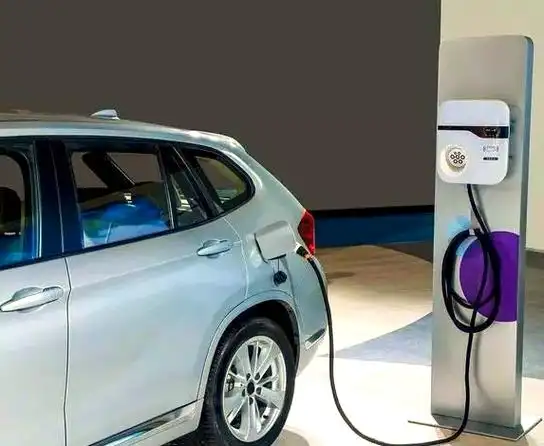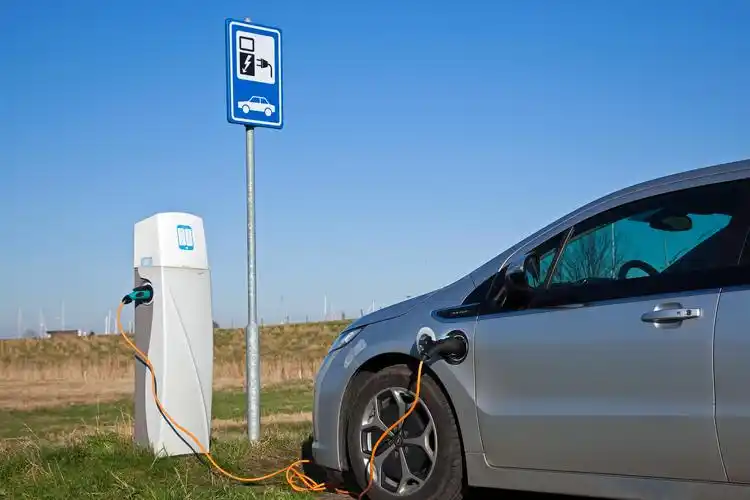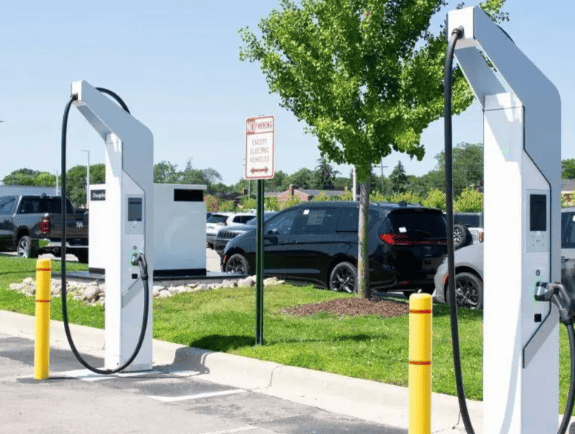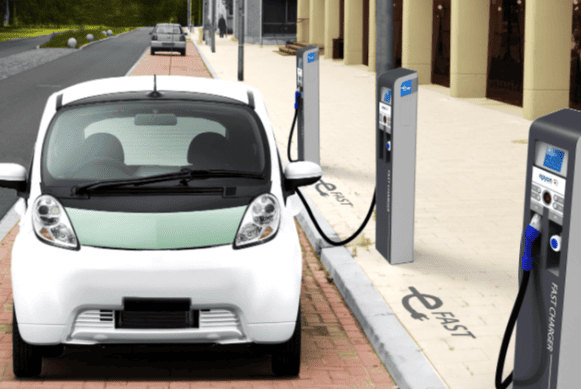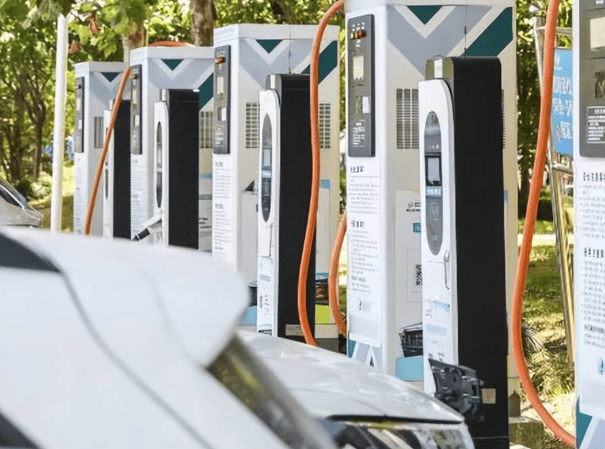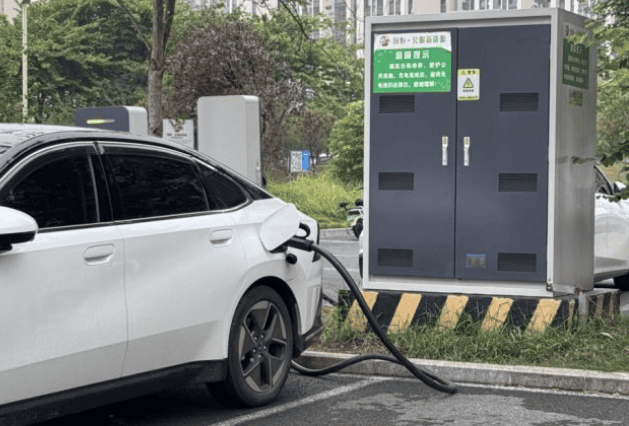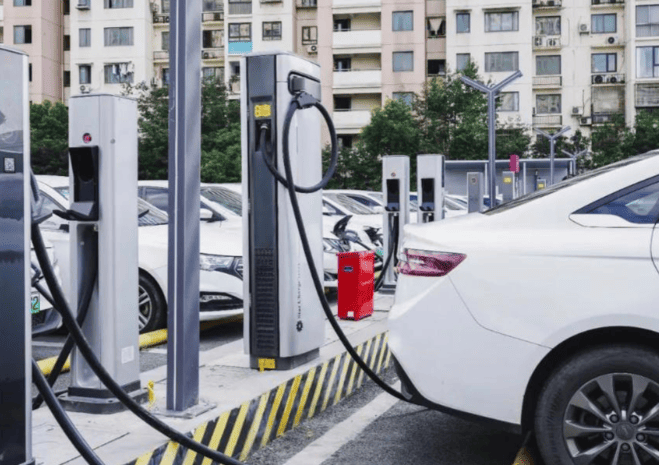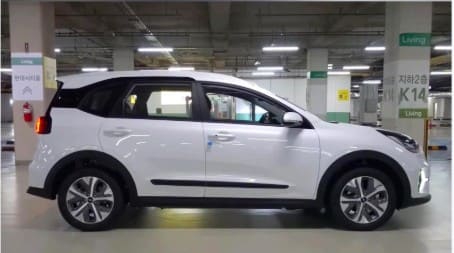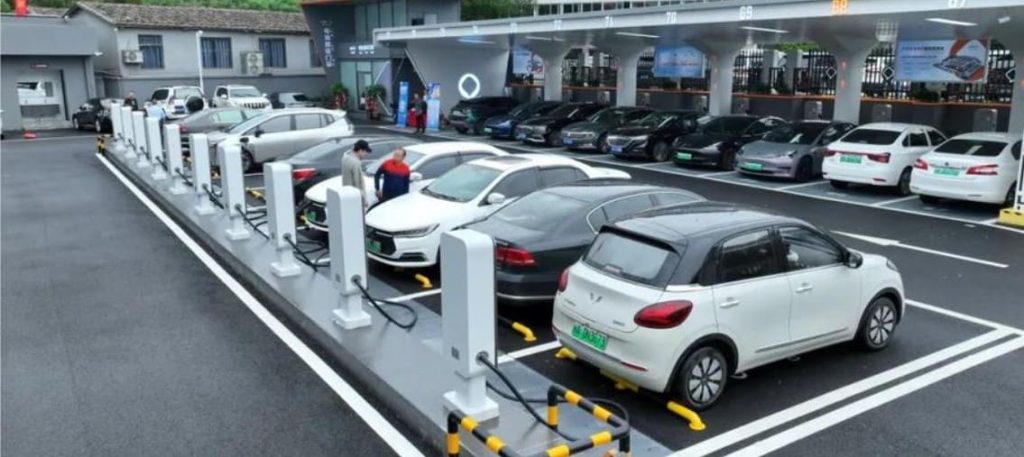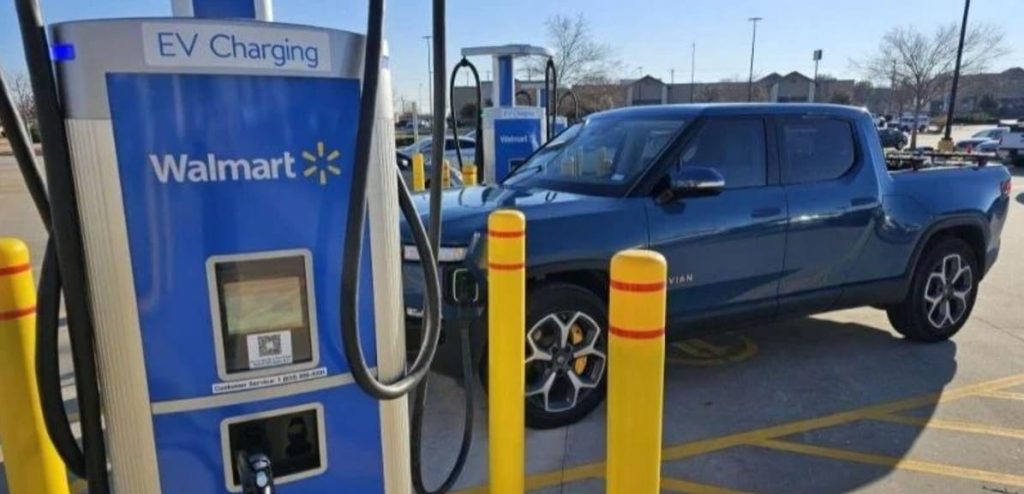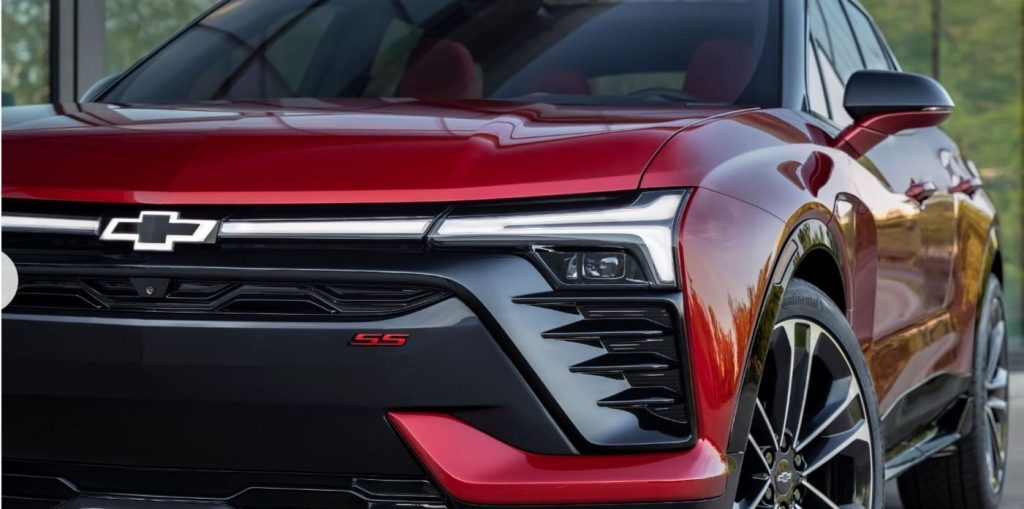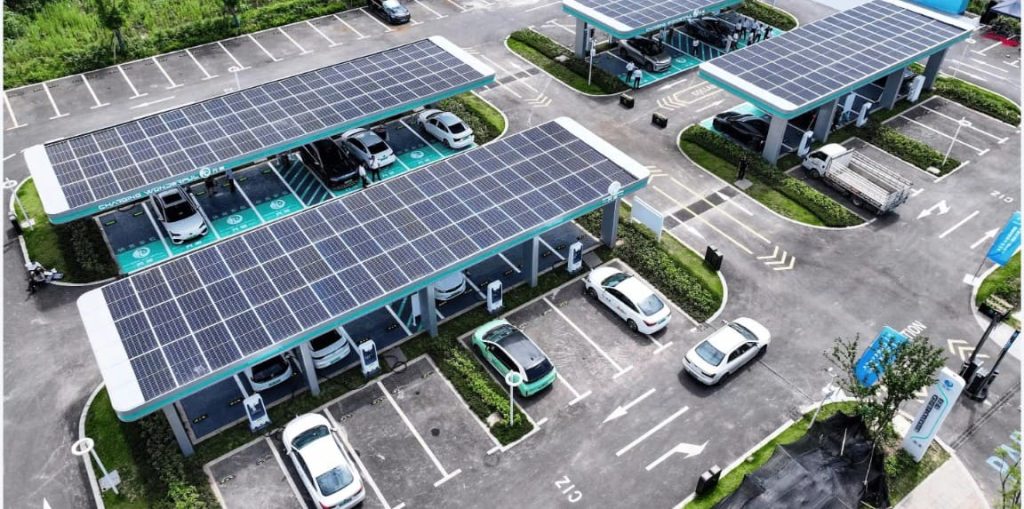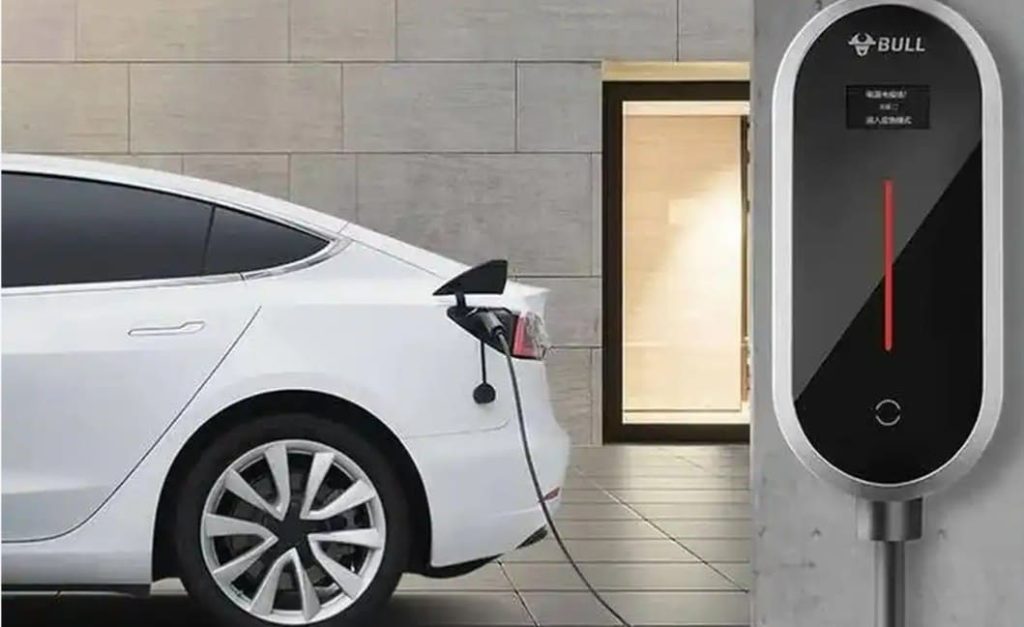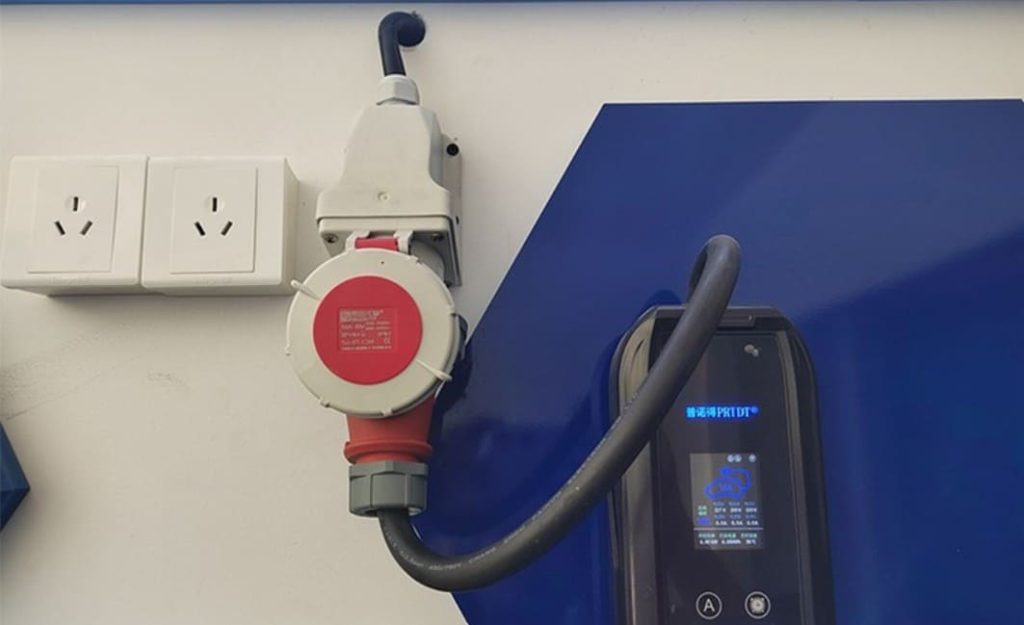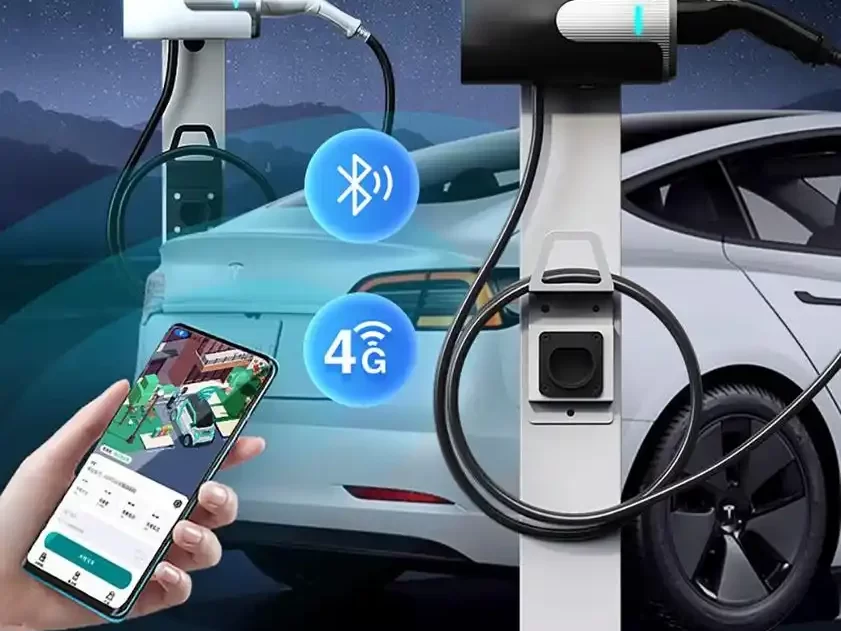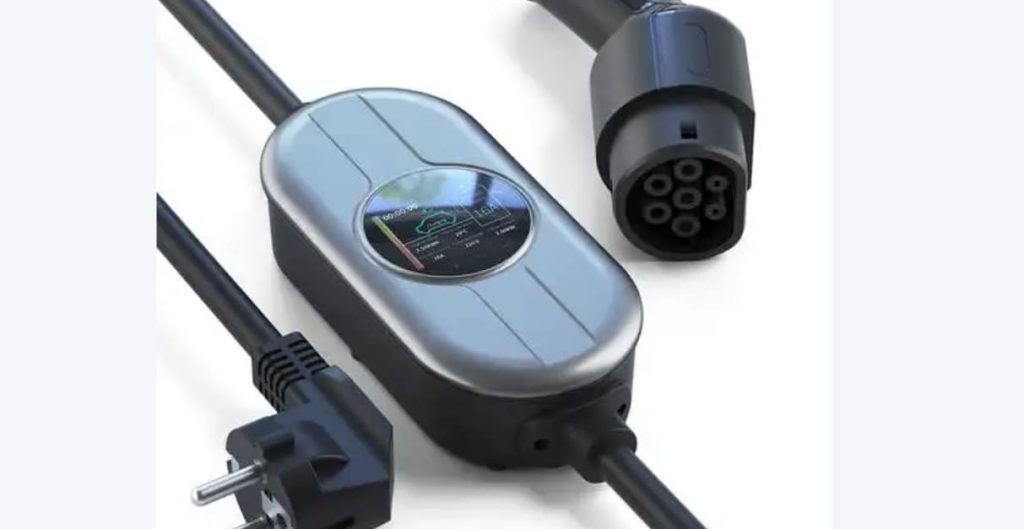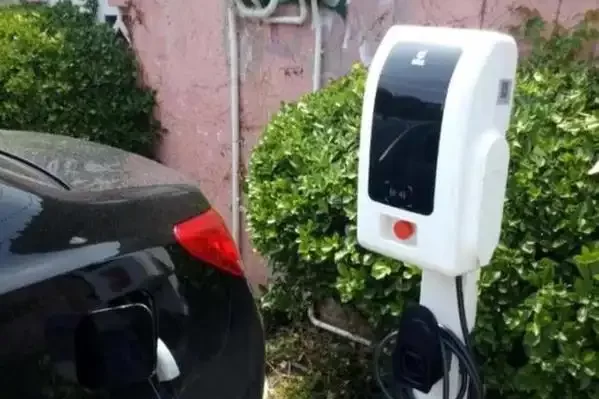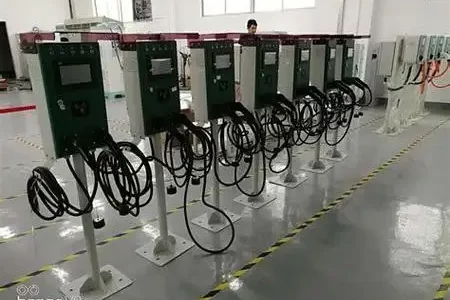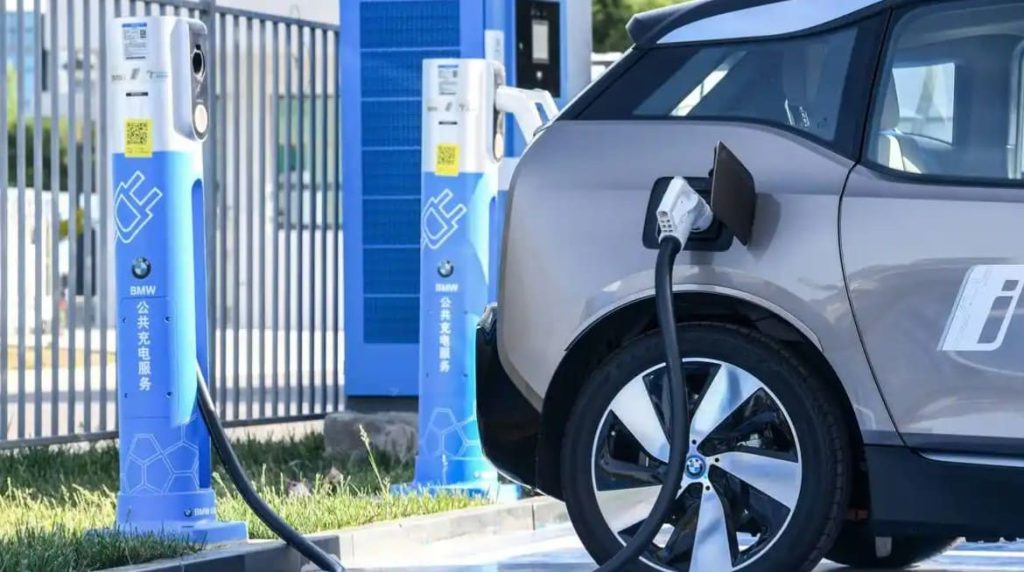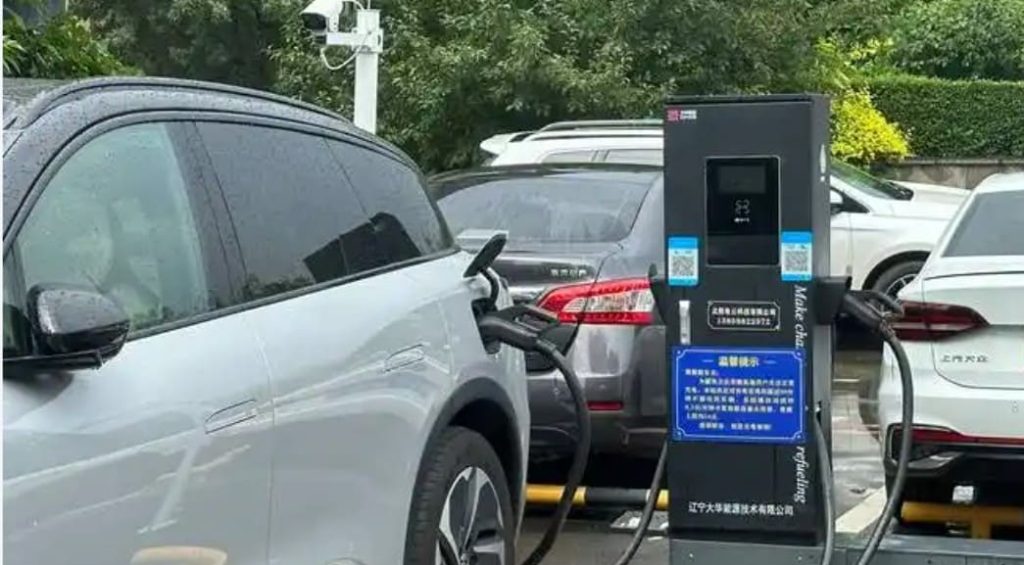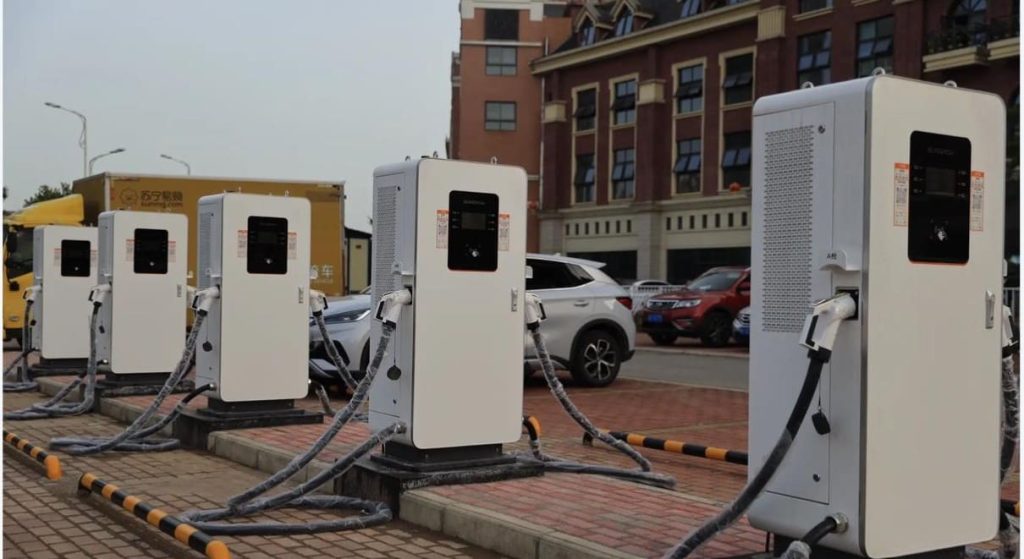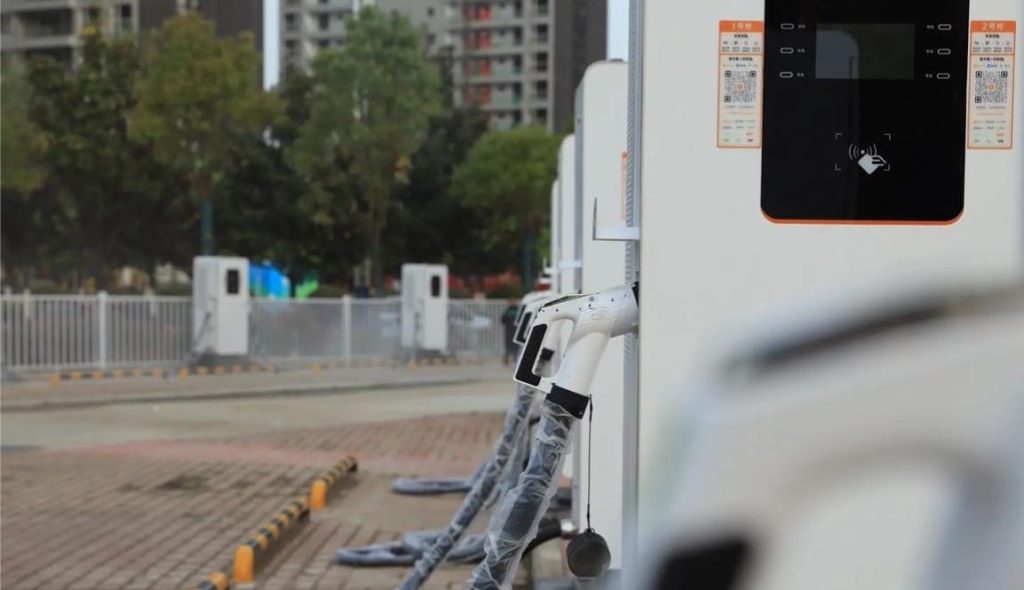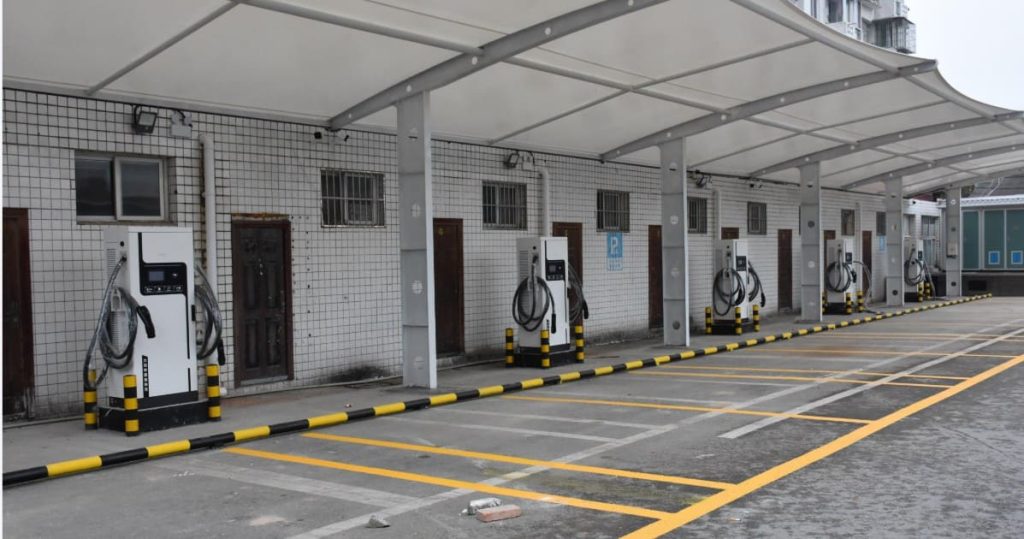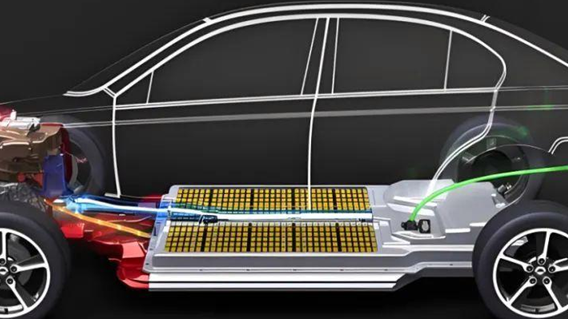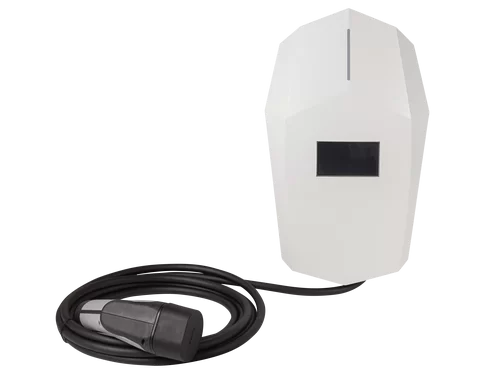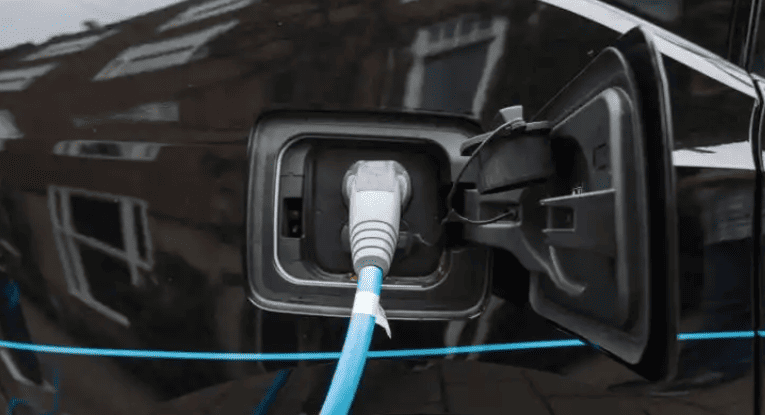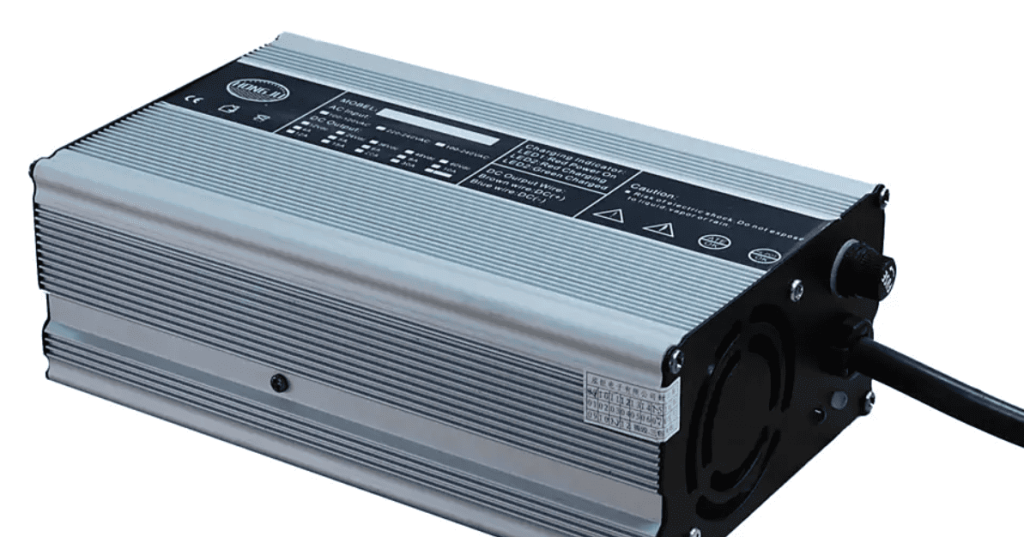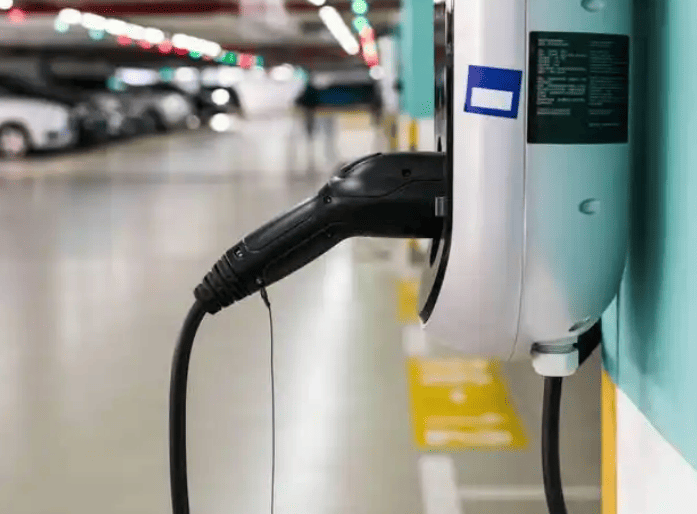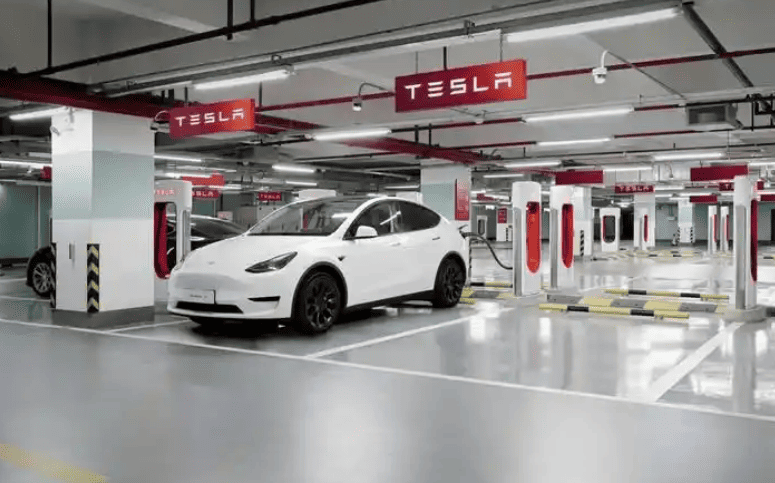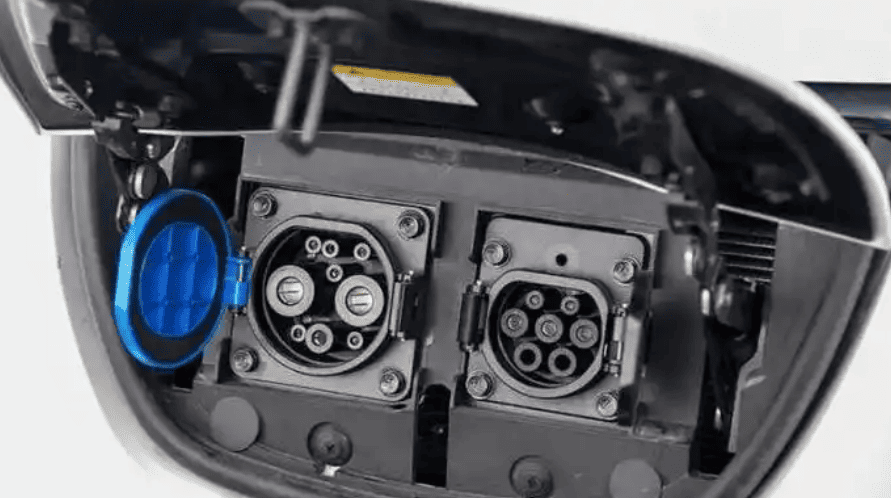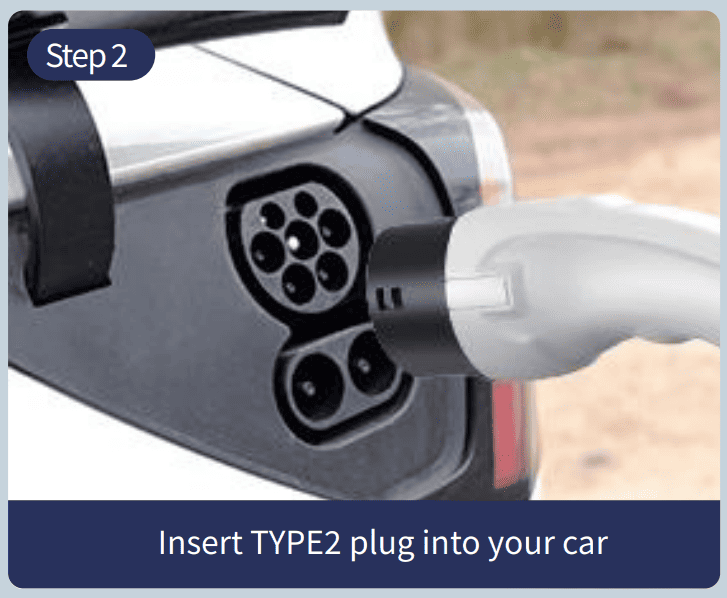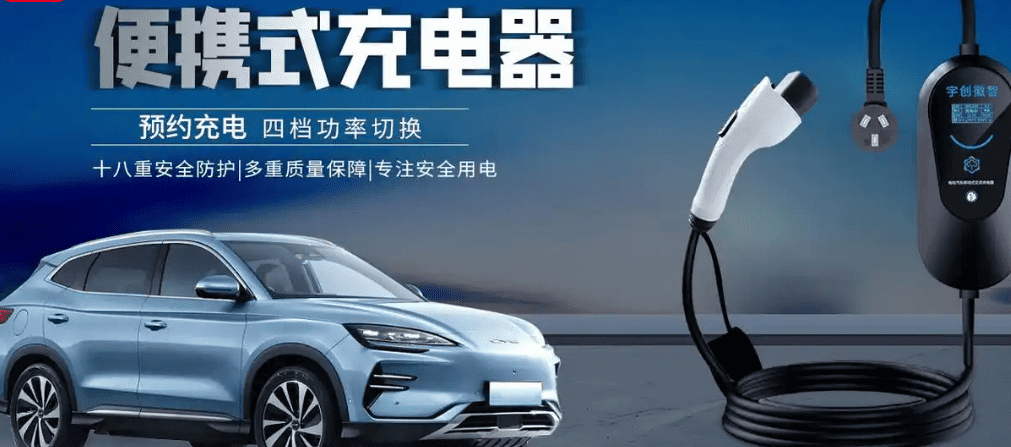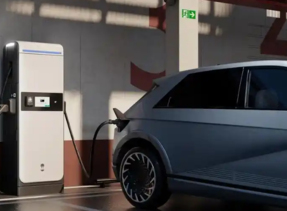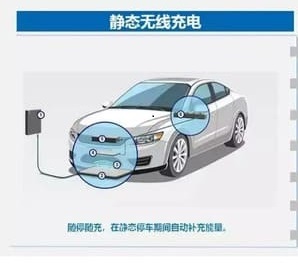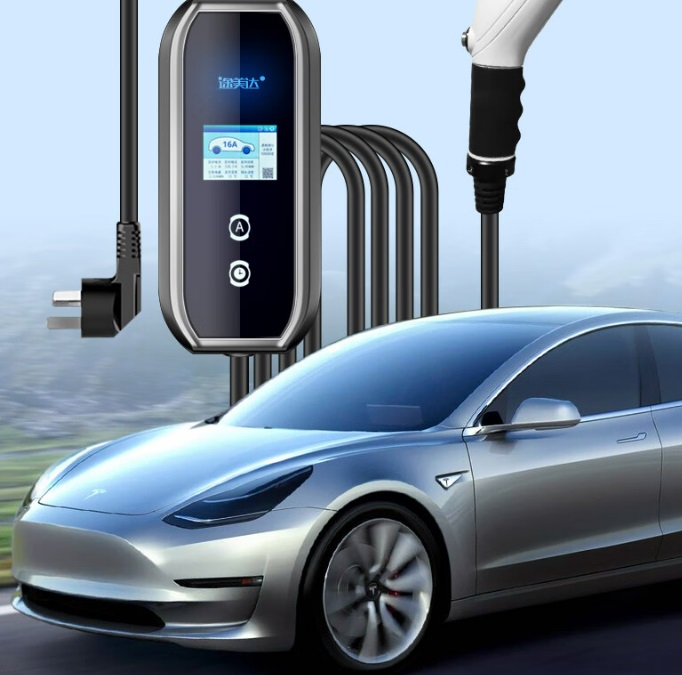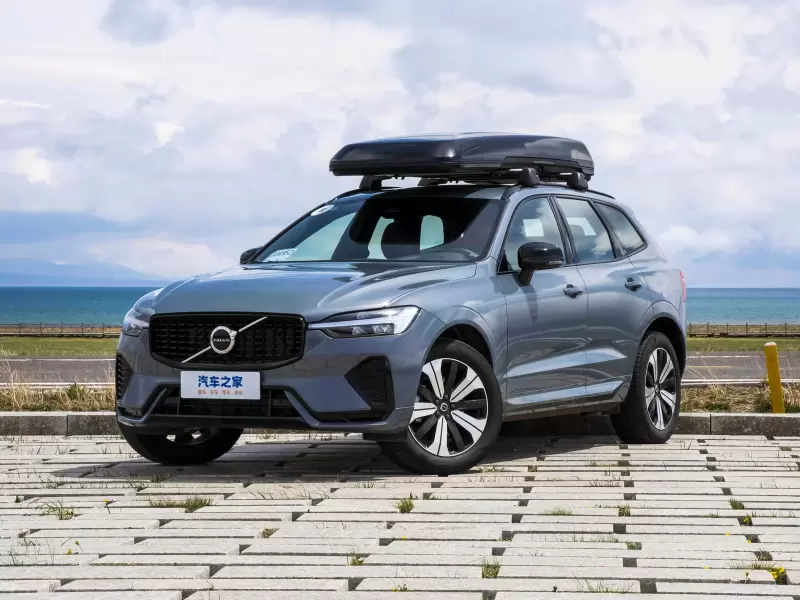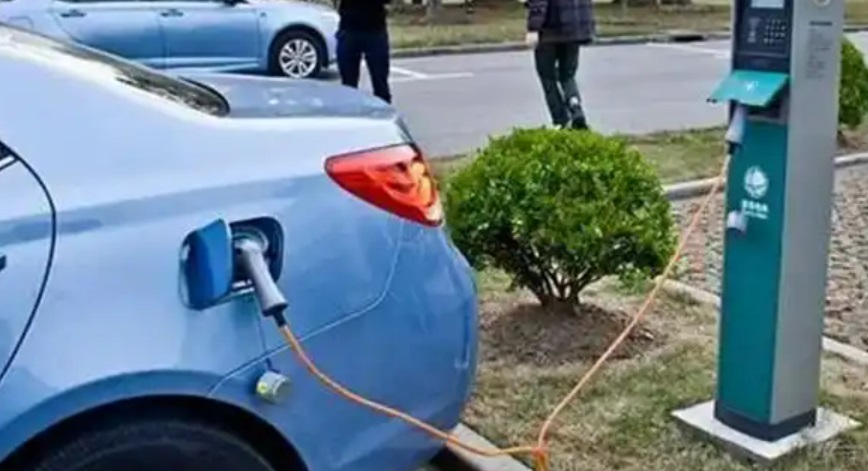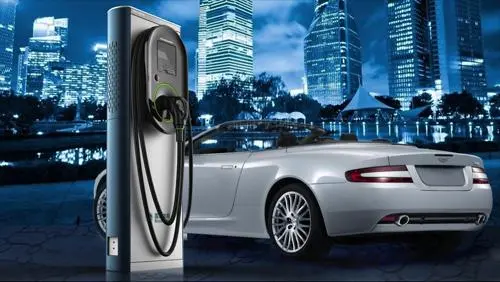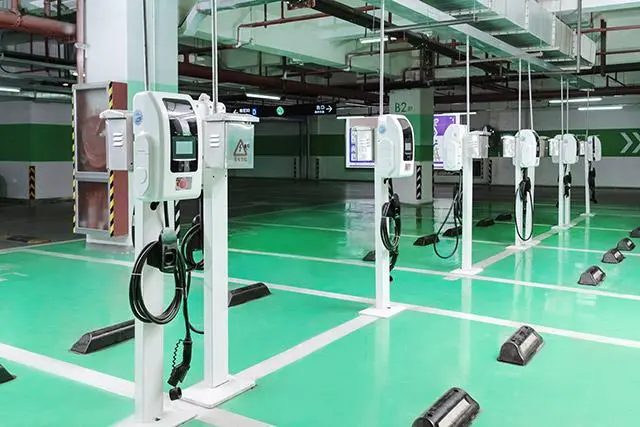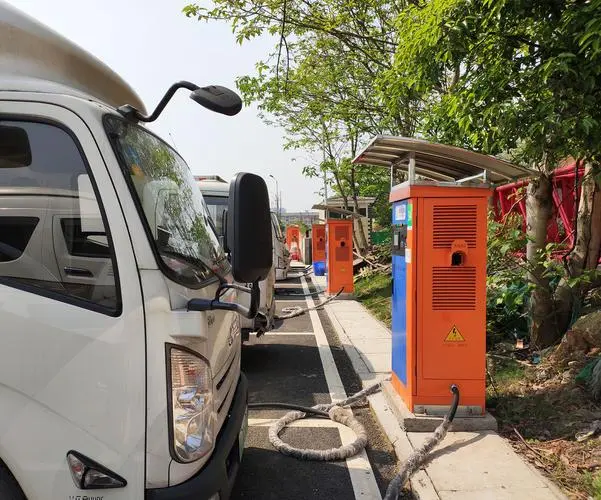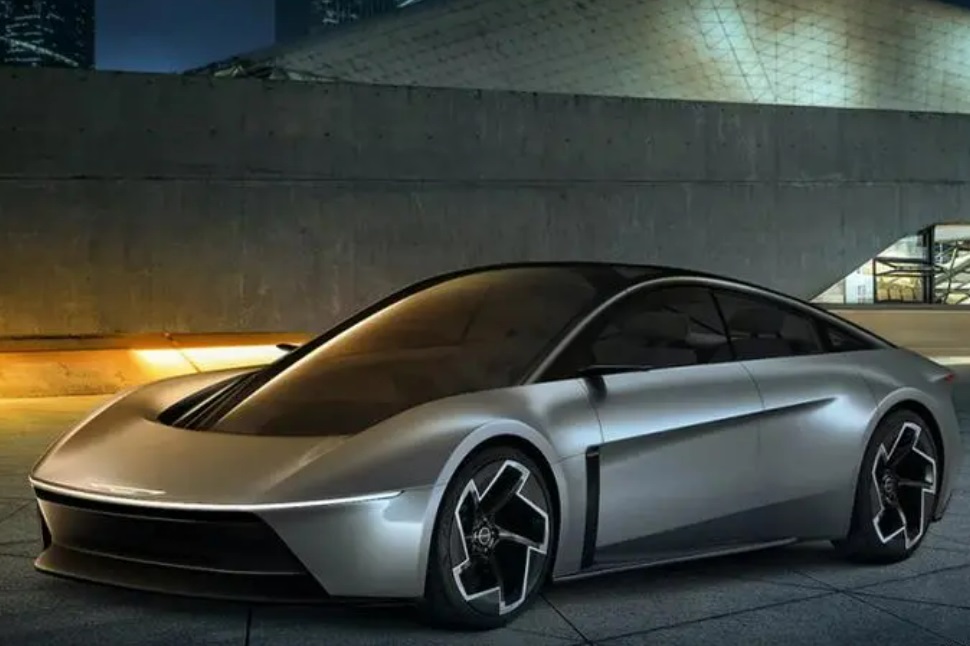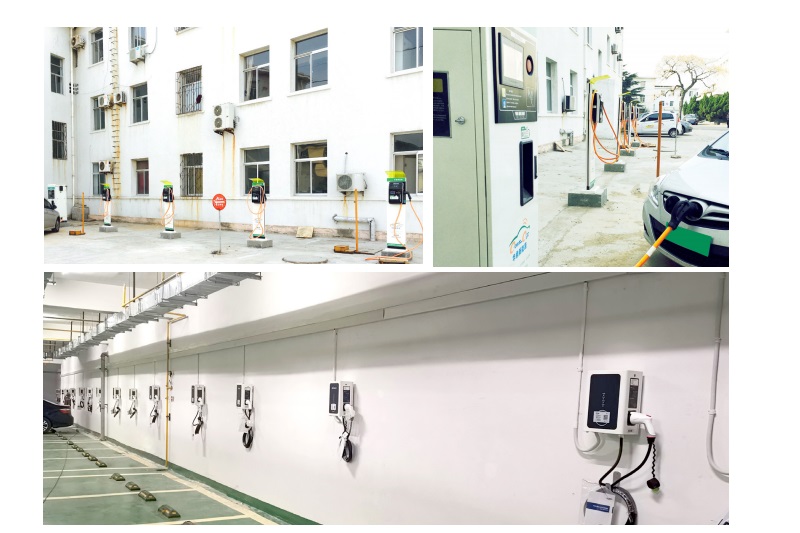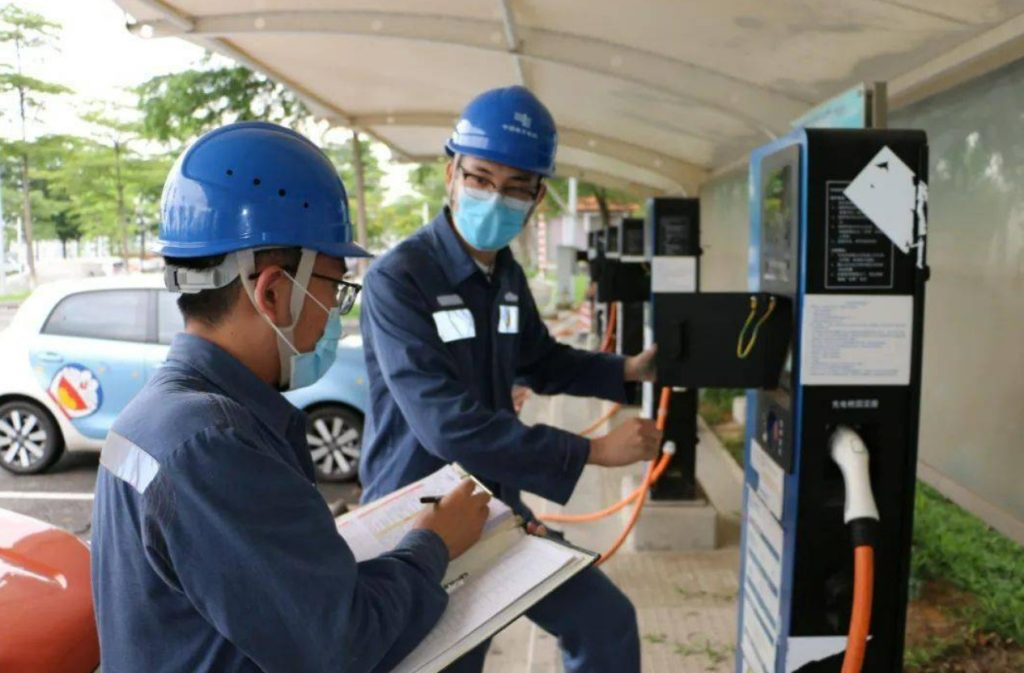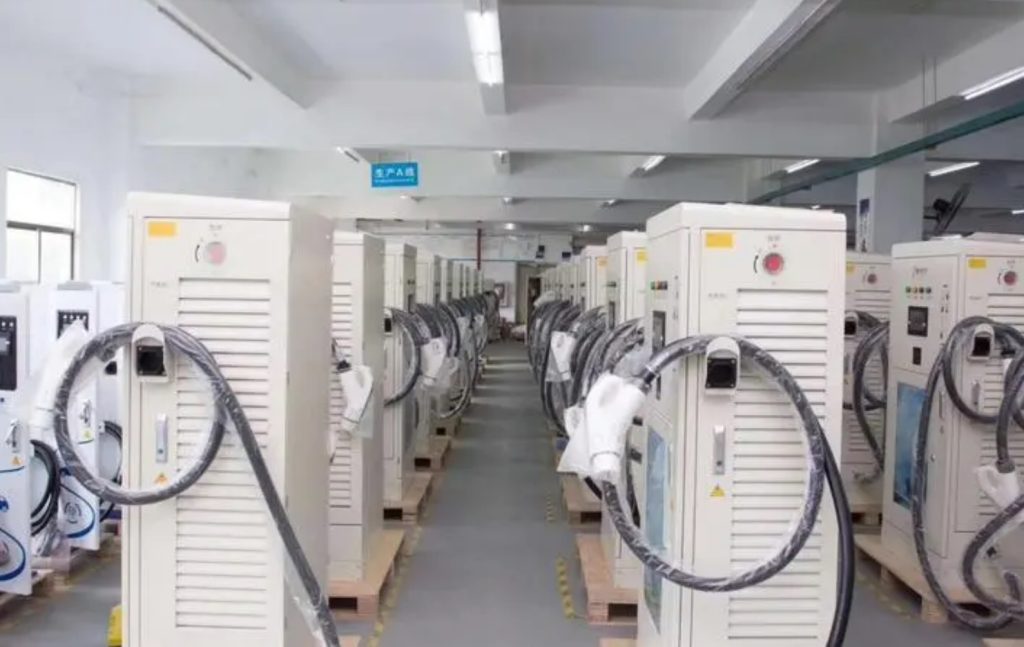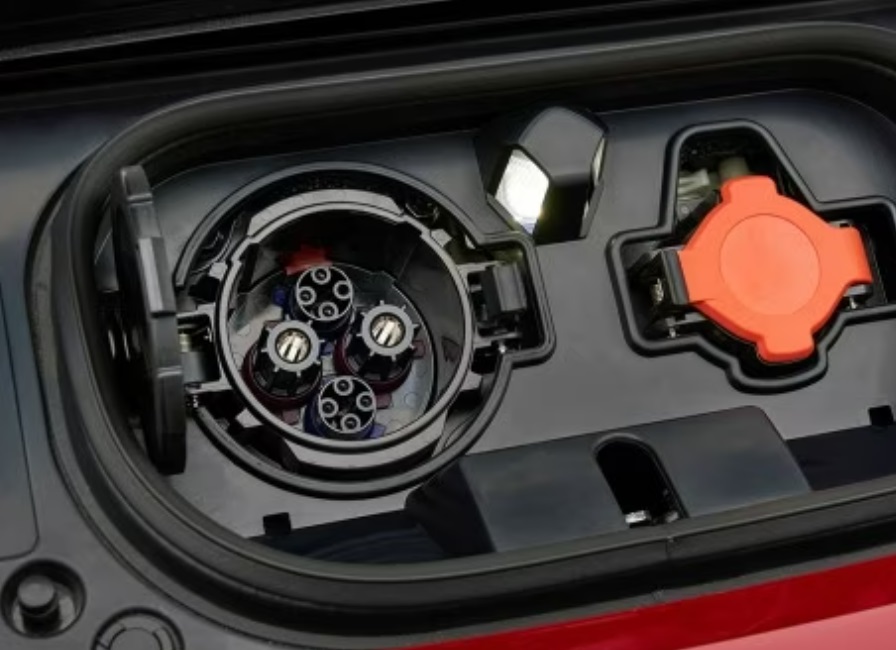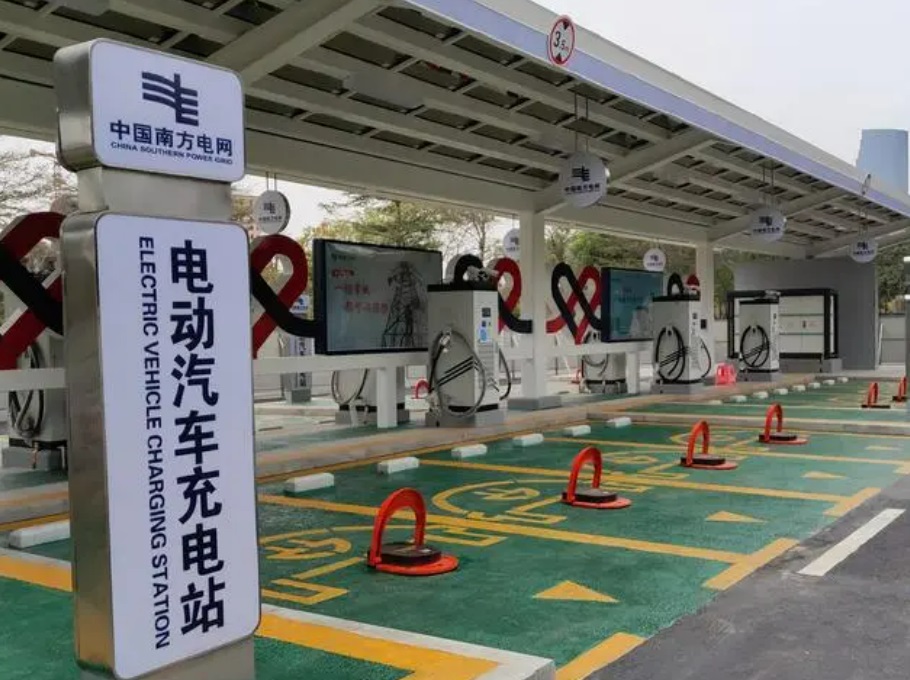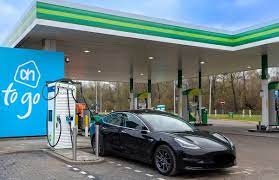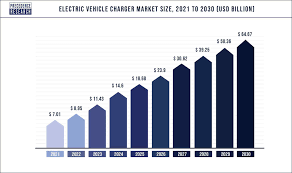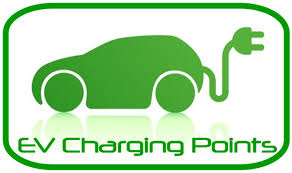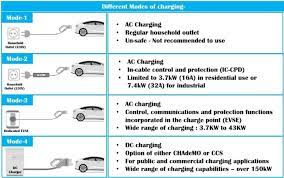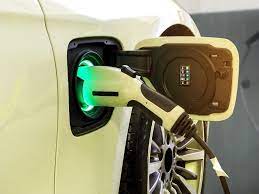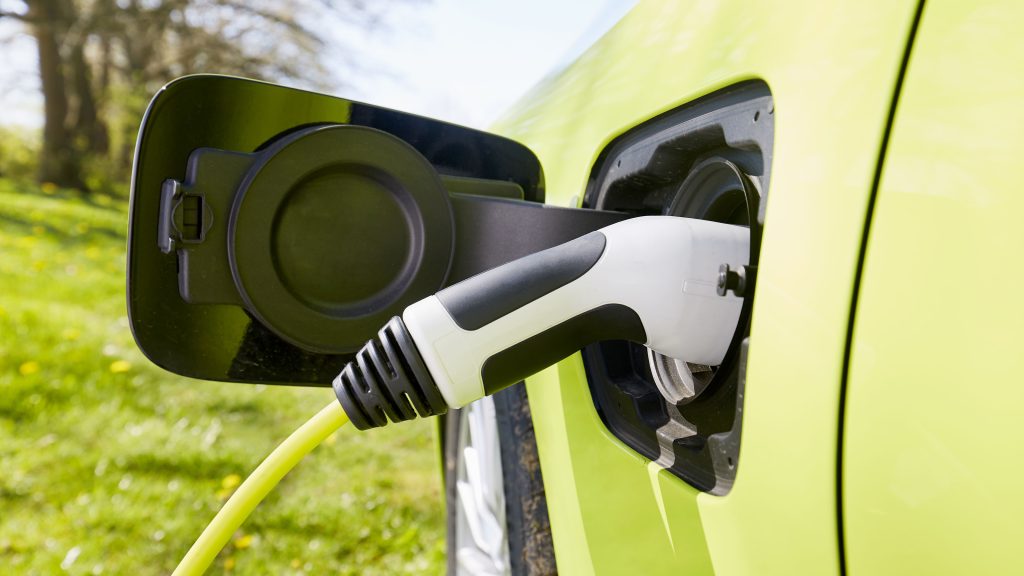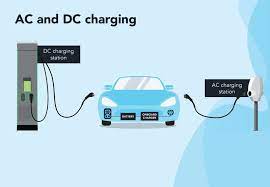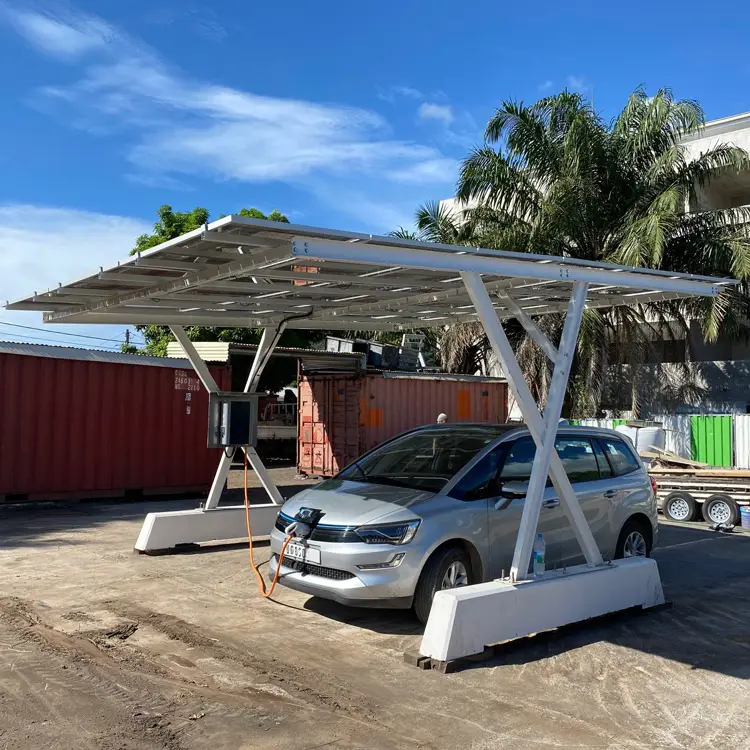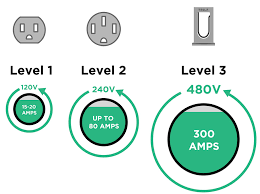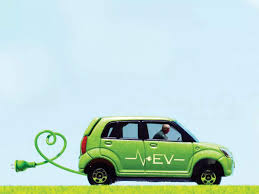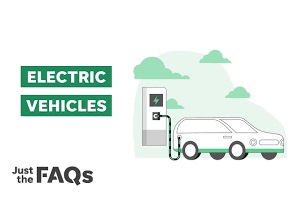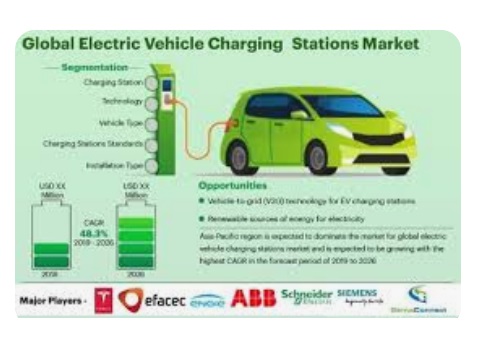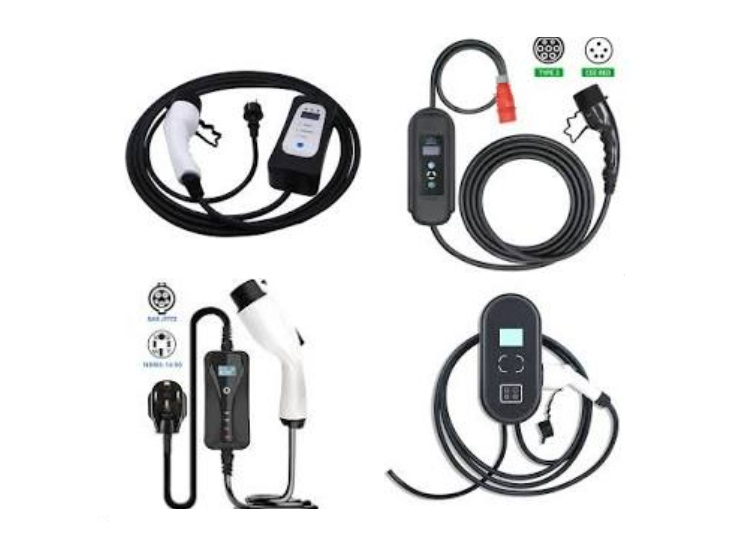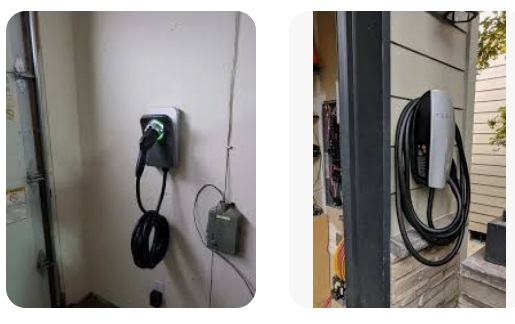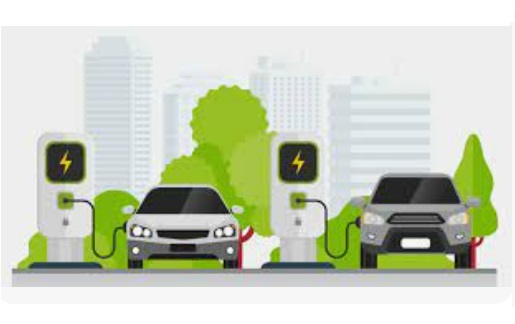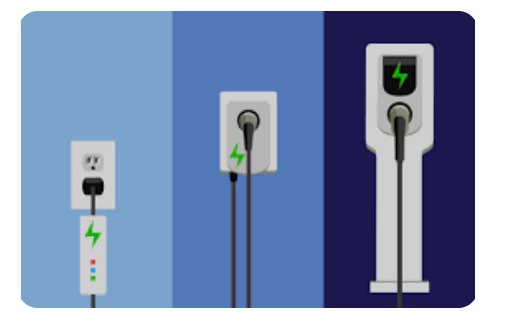Can I Use an Extension Cord to Charge My EV?
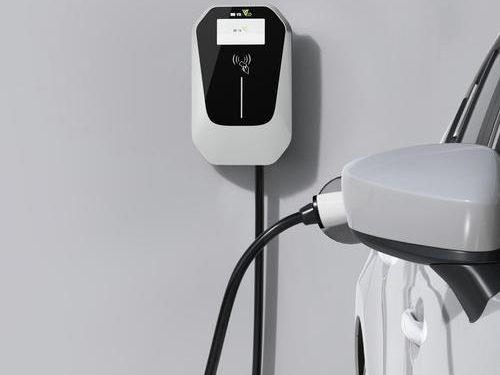
Can I Use an Extension Cord to Charge My EV? Since most consumer-grade cords are not made to handle the high, continuous power draw needed to charge an electric vehicle, using a regular household extension cord is strongly discouraged and can be very dangerous. There is a significant risk of overheating, fire, and equipment damage.
The Critical Risks of Overheating and Electrical Fire
The primary and most severe danger of using an improper extension cord is the risk of overheating leading to an electrical fire. Charging an EV is not like plugging in a lamp or a television; it is a continuous load that draws near the maximum capacity of a standard 15-amp household circuit for many hours at a time. Most lightweight extension cords found at hardware stores are rated for only 10 or 13 amps and are designed for intermittent use with power tools or appliances, not sustained high loads.
When asked to carry 12 amps (the safe continuous limit for a 15-amp circuit) for 8-12 hours, an underrated extension cord will act like a resistor, converting electrical energy into heat. The thin wires inside the cord can heat up to the point where the insulation melts, potentially causing the wires to short circuit against each other and ignite the surrounding materials. This risk is dramatically increased if the cord is coiled up while in use, as the coiled wire traps heat, creating a thermal runaway effect. The connection points at the wall outlet and where the cord plugs into the EVSE (the charging cable) are also common failure points for overheating due to loose connections, which can arc and spark.
Understanding Ampacity and Voltage Drop: The “Right” Way is Rare
If an extension cord must be used as an absolute last resort, it is critical to understand the specifications required to do so with minimal risk. The cord must be rated for the continuous amperage your EV will draw. For Level 1 charging, this is typically 12 amps.
This necessitates a heavy-duty cord with a minimum 12-gauge (12 AWG) wire thickness. A thicker wire (indicated by a lower gauge number) has less electrical resistance, which reduces heat generation. The cord must also be as short as possible—absolutely no longer than 25 feet (7.5 meters). A longer cord experiences “voltage drop,” where the voltage at the car’s end is lower than at the wall. This forces the car to draw more current to compensate, exacerbating the overheating problem and potentially damaging the vehicle’s onboard charger. The cord must be rated for outdoor use (marked with “W-A” or similar) to withstand environmental factors and must feature a three-prong grounded plug. Crucially, the circuit you are plugging into should be dedicated to the EV charger, with no other appliances or lights sharing the circuit.
The Critical Role of the EVSE and Why It’s Not Just a Cable
It’s a common misconception that the device that comes with the car is simply a “charger cable.” In reality, it is an Electric Vehicle Supply Equipment (EVSE) unit. This is a smart safety device that communicates with the car and has built-in protective features. One of the most important is a thermal sensor in the plug head that monitors the temperature at the wall outlet.
If the outlet or plug begins to overheat due to a poor connection or an underrated circuit, the EVSE will detect this temperature rise and automatically reduce or shut off the charging current to prevent a fire. Using an extension cord bypasses this critical safety feature. The thermal sensor is now monitoring the temperature at the end of the extension cord, not at the wall outlet where a poor connection is most likely to occur and overheat. This creates a dangerous blind spot, leaving the most vulnerable point in the circuit unprotected.
Safe and Recommended Alternatives to Extension Cords
Given the substantial risks, pursuing safer alternatives is not just advisable but essential for responsible EV ownership.
- Professional Installation of a Dedicated Outlet: The best solution is to have a licensed electrician install a new, dedicated 240-volt (Level 2) outlet closer to your parking spot. While this involves an upfront cost, it transforms the EV ownership experience by providing charging speeds 4-6 times faster than Level 1 and does so with the highest level of safety, fully meeting all electrical codes.
- Using the Manufacturer’s Mobile Connector Directly: Always plug the EVSE that came with your car directly into a wall outlet without any extension. If the cord doesn’t reach, the only safe answer is to reposition the car or use public charging until a better home solution is installed.
- Purchasing a Longer, Certified EVSE: Some manufacturers and third-party companies sell longer, higher-quality mobile connectors (e.g., 20 or 25 feet in length) that are engineered and certified to safely carry the required current over a longer distance. This is a far safer option than combining a short EVSE with a consumer extension cord.
Conclusion: A Risk Not Worth Taking
Although physically feasible, connecting an EV to an extension cord carries serious and potentially disastrous risks. An electrical fire is made possible by a combination of persistently high current, inadequate extension cords, and evading built-in safety features.
Experts in fire safety, EV manufacturers, and electricians all strongly advise against using extension cords for EV charging. The risk of injury, property damage, or worse outweighs the convenience of a temporary solution. The only safe and dependable way to charge your electric car at home is to invest in a suitable charging solution, such as hiring a qualified electrician to install a dedicated outlet where you need it. It guarantees not just your safety but also the longevity and well-being of the battery and charging system in your pricey car.

